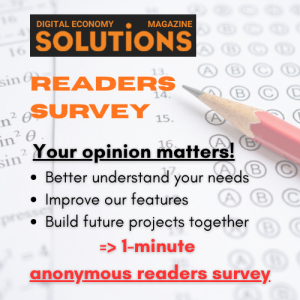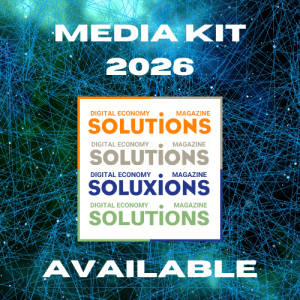SAP customers are increasingly adopting a multi-vendor, composable ERP strategy
“Volatility in SAP policies and cost concerns are driving customer demand for alternative solutions that offer control and agility,” according to Rimini Street. Customer uncertainty is very real.
Ten years after the launch of S/4 Hana, the ERP giant is still struggling to convince its traditional customers to migrate. And they are increasingly looking toward composable architectures.
In an in-depth study and interactive interview with 455 IT and business leaders, SAP customers expressed their concerns. And, even more so, their uncertainty.
SAP’s desire to convert all its perpetual license holders to subscriptions is causing concern. 83% of customers say they do not fully understand the latest migration policies and deadlines. 84% express some concern about current messages and their impact on their operations.
As a reminder, when S/4 Hana was launched in 2015, users initially had the choice between on-premises or cloud deployments. However, SAP now clearly favors the cloud model, reserving some of its developments, particularly in AI, for these deployment modes.
Exploring “other avenues”…
“Constant changes in deadlines, packaging options, transition programs, and even product renaming increase the uncertainty felt by customers, making strategic planning more difficult, but also encouraging them to explore other avenues,” says Rimini Street.
By “other avenues,” we mean a clear interest in composable approaches for faster access to emerging technologies such as AI. This is the case for 83% of respondents. More generally, “94% emphasize the freedom to choose the solutions best suited to each business need.”
Towards an open and composable model
While 77% of respondents approve of the principle of SaaS (Software-as-a-Service), they express reservations about SAP’s approach. 92% cite the increase and unpredictability of subscription costs as a major concern for their operations.
The trend toward a multi-vendor, composable ERP strategy therefore makes sense. At least for 78% of customers who are determined to leverage the advances of multiple vendors to innovate in and around ERP.
The motivation? To regain a certain freedom. And thus to be able to choose the solutions best suited to each business need, avoid dependence on a single vendor, accelerate the adoption of emerging technologies such as AI, and strengthen competitive advantage while retaining the flexibility to change vendors when better options arise. In short, an approach driven by the company rather than the vendor.




















